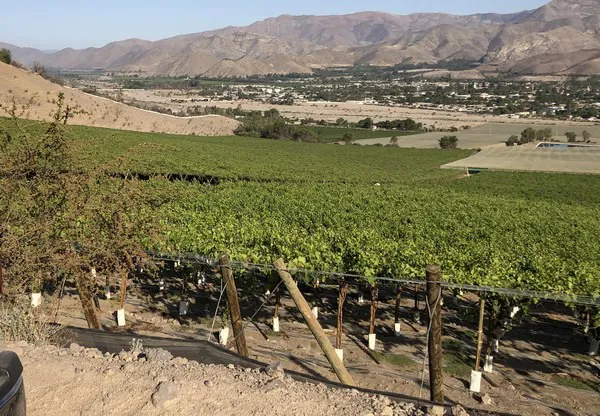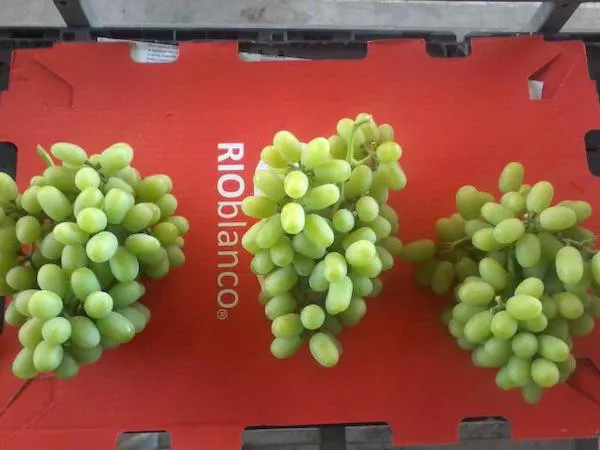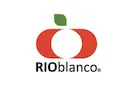There are a lot of grapes in the U.S. right now. “The U.S. is currently flooded with grapes. In Chile, we’re around 80 percent done with harvest and most of the fruit for us has been loaded. There’s a lot of fruit on the water and a lot of fruit arriving to the U.S. market mainly,” says Nicolas Damm of Rio Blanco.

There are a few reasons why there are so many grapes starting with Peru. It went later into its season than initially predicted, largely due to strikes in the country that happened in January and caused delays in both harvest and loading. Over in Chile, a heat wave affected its crop. “The season started slow from the north but then harvests came on very concentrated. The fruit had lighter bunches caused by this heat and the harvest of each variety finished earlier and with less volume on each variety. It’s also concentrated, probably due to the change in varieties,” he says. “We’ll have a historically light crop.”
Damm notes that there is some storage of fruit happening in Chile for loading later in the season, as late as week 15 in hopes that the U.S. market clears up a bit. However, most growers are close to or have finished the season already.
The state of cold storage
In terms of demand, Damm believes importers in the U.S. are nervous about huge arrivals. “Cold storages are pretty filled up in the East Coast, near Philadelphia especially. Apparently, there’s quite a bit of volume of weak fruit. The heat also had its toll on sizing,” he says, noting this is historically early for the amount of volume the U.S. is absorbing. “Usually it’s a bit later so probably some promotions weren’t in line with the supermarkets. In the last few weeks, there has been less volume so that’s a light at the end of the tunnel. These huge weekly arrivals will not go on for long. Last week and this week are probably peak weeks of arrival and from then on, there will be lower volumes from Chile and Peru.”
As for pricing, while January saw less fruit and higher prices when the volume came on prices quickly trended downward. While Rio Blanco doesn’t do much in terms of spot business, he notes that it’s between $12-$18 for good fruit right now.

While these are some of the challenges the Chilean grape season experienced this year, it is a better season than last year, particularly market-wise and logistically. “The fruit has been loaded on time here, the ports have worked well, the vessels on schedule and loading on time. Transits have been close to normal and the port situation in the U.S. is pretty much back to normal,” he says. “The volume today has caused the cold storage to be backed up. However, the fruit is arriving to the market as fresher product which is good, though it doesn’t have the shelf life because of the heat wave.”
Those lower yields are also a concern for grower returns. “Hopefully the market can see a higher price trend than last season but the final results for the grower will still be affected by the loss of volume,” says Damm.
 For more information:
For more information:
Nicolas Damm
Rio Blanco
Tel: +56 (2) 2307 4100
nicolas.damm@rioblanco.net
www.rioblanco.net
